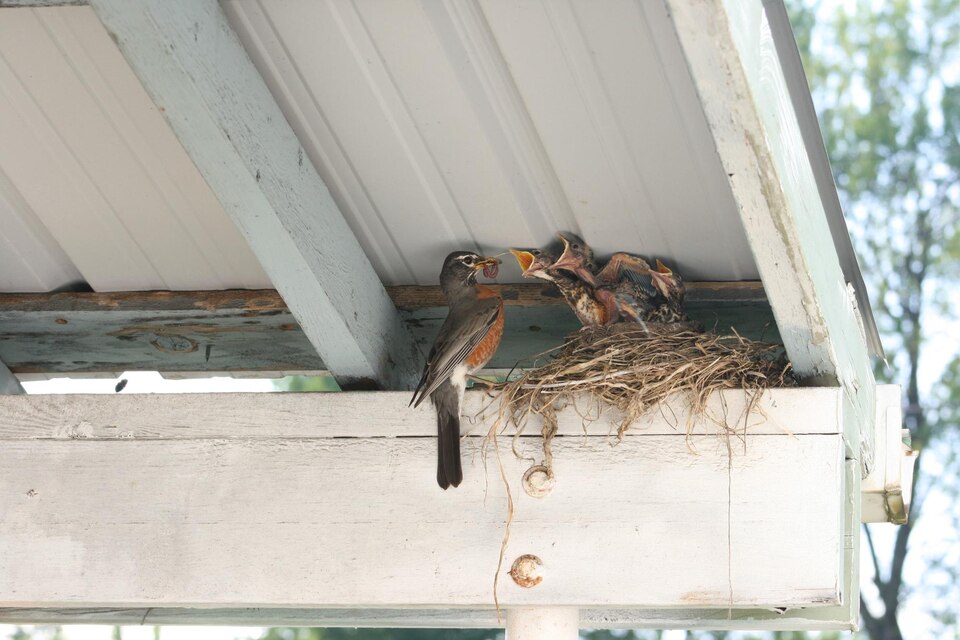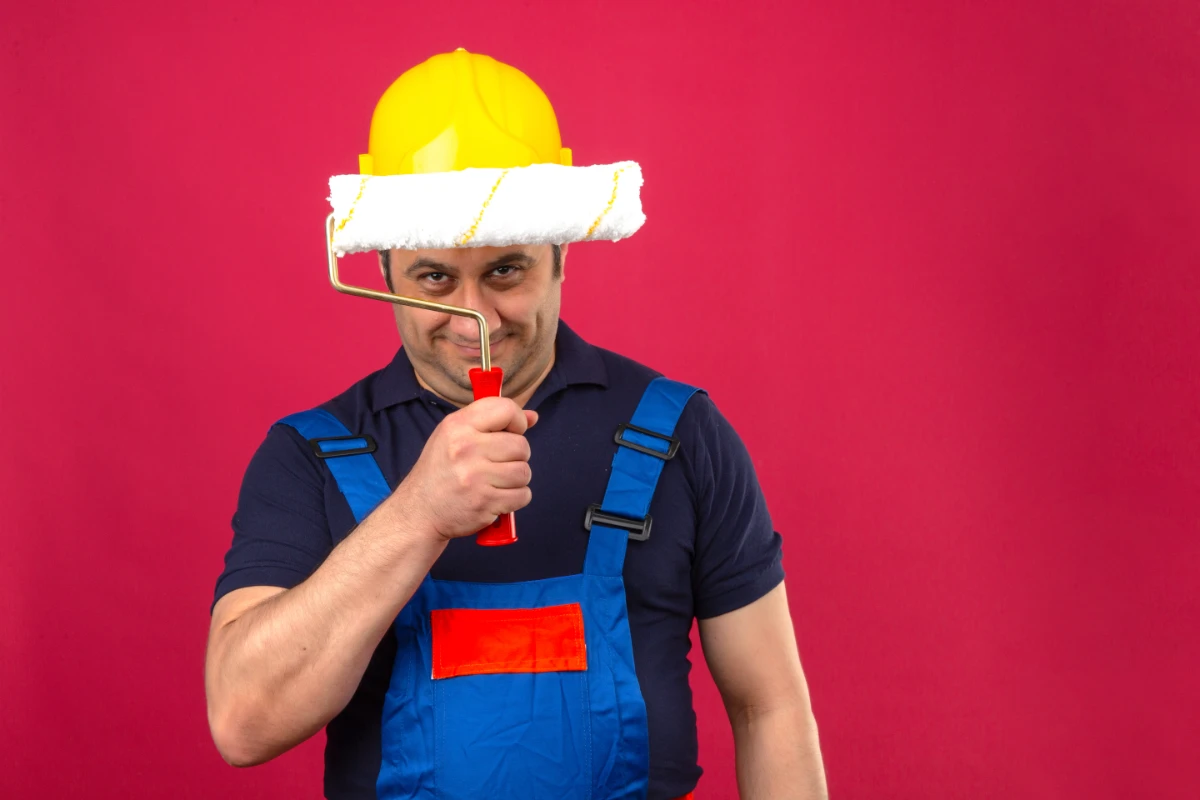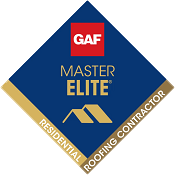A damaged roof can lead to costly repairs and even structural issues if left unchecked. From missing shingles to clogged gutters, the warning signs often start small but can quickly escalate. Knowing what to look for can help homeowners take action before problems worsen.
Signs of a Damaged Roof
There are many signs that you may have a damaged roof. Here are some of the most common ones:
-
Missing or Damaged Shingles
Shingles are your roof’s first line of defense against the elements. When they are missing, cracked, or curling, they expose the underlying materials to moisture, leading to leaks and structural deterioration.
Storms, high winds, and natural wear over time can cause shingle damage. If you notice patches on your roof where shingles are missing or see pieces of shingles in your yard, it’s time for an inspection.
-
Sagging Roof
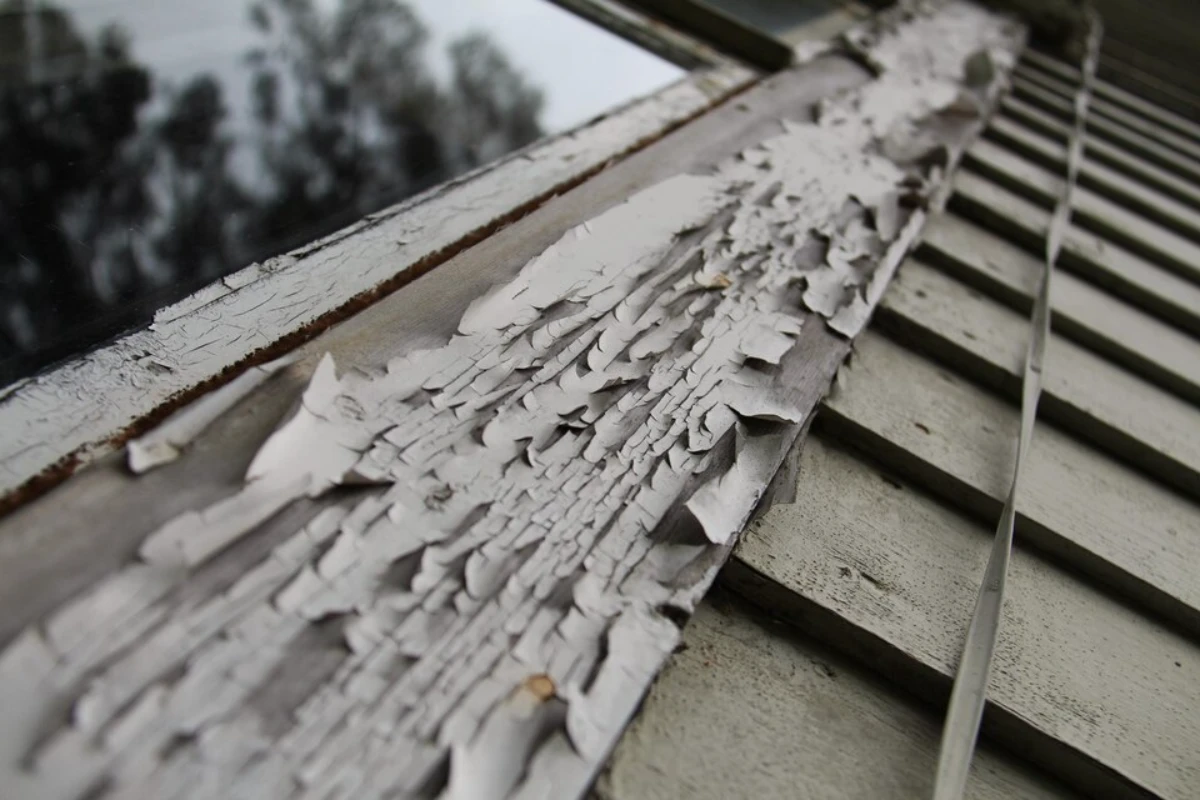
A roof should always have a straight, even appearance. If any part of it appears to be sagging or dipping, it could indicate serious structural problems.
- Prolonged exposure to moisture can weaken support beams.
- Excess weight from trapped water or poor structural integrity can lead to sagging.
Ignoring this issue can result in significant damage, requiring major repairs or even a full roof replacement.
-
Damaged Flashing
Flashing is installed around chimneys, vents, and skylights to prevent water intrusion. When flashing becomes cracked, bent, or begins to pull away, it leaves gaps that allow moisture to enter. Over time, this can lead to:
- Leaks that cause interior water damage.
- Mold growth in walls and ceilings.
- Rotting wood that weakens roof integrity. Routine inspections help catch flashing issues before they become costly repairs.
-
Ceiling Stains and Water Damage
Water stains on your ceiling or walls are a clear indication that your roof is no longer keeping moisture out. These stains often start small but can quickly spread.
- Dark spots, peeling paint, or sagging drywall are common warning signs.
- If stains appear near fire alarms or light fixtures, leaks may be worsening. Addressing the source of the leak early prevents mold and structural damage.
-
Clogged Gutters & Granule Loss
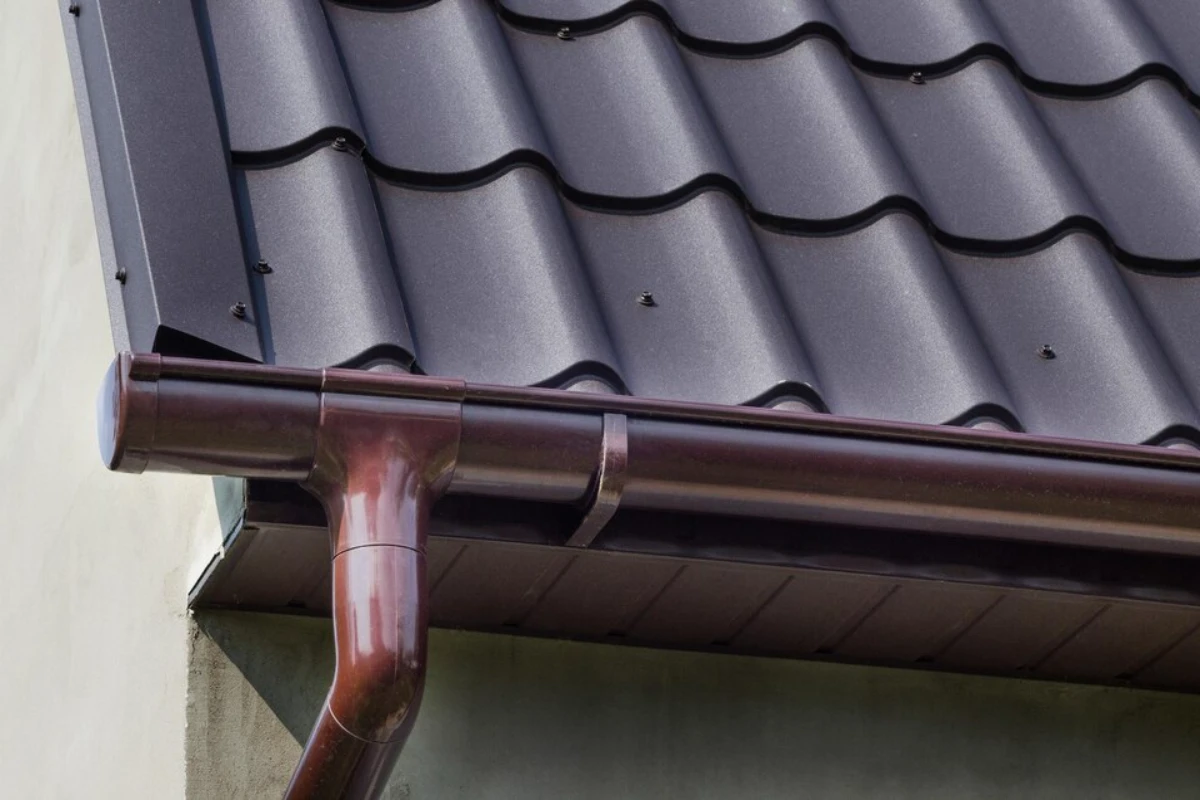
Your gutters play a critical role in directing water away from your home. When they become clogged with leaves, debris, or roofing granules:
- Water can back up onto the roof, increasing the risk of leaks.
- Granule loss (visible as sandy particles in gutters) indicates shingles are wearing down.
- Overflowing gutters can lead to foundation and siding damage. Keeping gutters clear is essential for maintaining roof health.
-
High Energy Bills
If your heating and cooling costs are rising unexpectedly, your roof might be the culprit. Poor ventilation or deteriorating roofing materials can:
- Trap excess heat in summer, causing air conditioning overuse.
- Allow heat loss in winter, making heating systems work harder. A well-maintained roof with proper insulation and ventilation helps regulate indoor temperatures and energy costs.
-
Peeling Paint & Moisture in the Attic
Excess moisture trapped in the attic due to poor ventilation can cause interior and exterior paint to peel. This often signals:
- Damp insulation that reduces energy efficiency.
- Warped wood and potential structural damage.
- Increased risk of mold growth. Proper attic ventilation prevents these problems and extends roof longevity.
-
Moss, Algae, & Mold Growth
A roof covered in green or black streaks may have a moisture problem. Moss, algae, and mold thrive in damp environments and can:
- Break down roofing materials, shortening roof lifespan.
- Create slippery surfaces that make roof maintenance hazardous.
- Lift shingles, allowing water intrusion. Routine cleaning and improved drainage can help prevent these issues.
-
Gutter Rust & Drainage Issues
Rusty gutters are more than just an eyesore—they indicate water is not draining properly.
- Standing water in gutters accelerates rust and corrosion.
- Damaged gutters can pull away from the roof, leading to leaks and structural damage.
- Poor drainage can harm the home’s foundation and siding. If you notice rust or standing water near your home, it’s time for an inspection.
-
Poor Ventilation & Its Impact
A well-ventilated attic helps maintain the longevity of your roof. When ventilation is poor:
- Heat and moisture become trapped, accelerating shingle deterioration.
- Mold and mildew can develop, affecting air quality.
- Structural components may weaken over time. If your attic feels excessively hot or damp, it’s a sign that your ventilation system needs improvement.
What to Do If You Notice Signs of a Damaged Roof
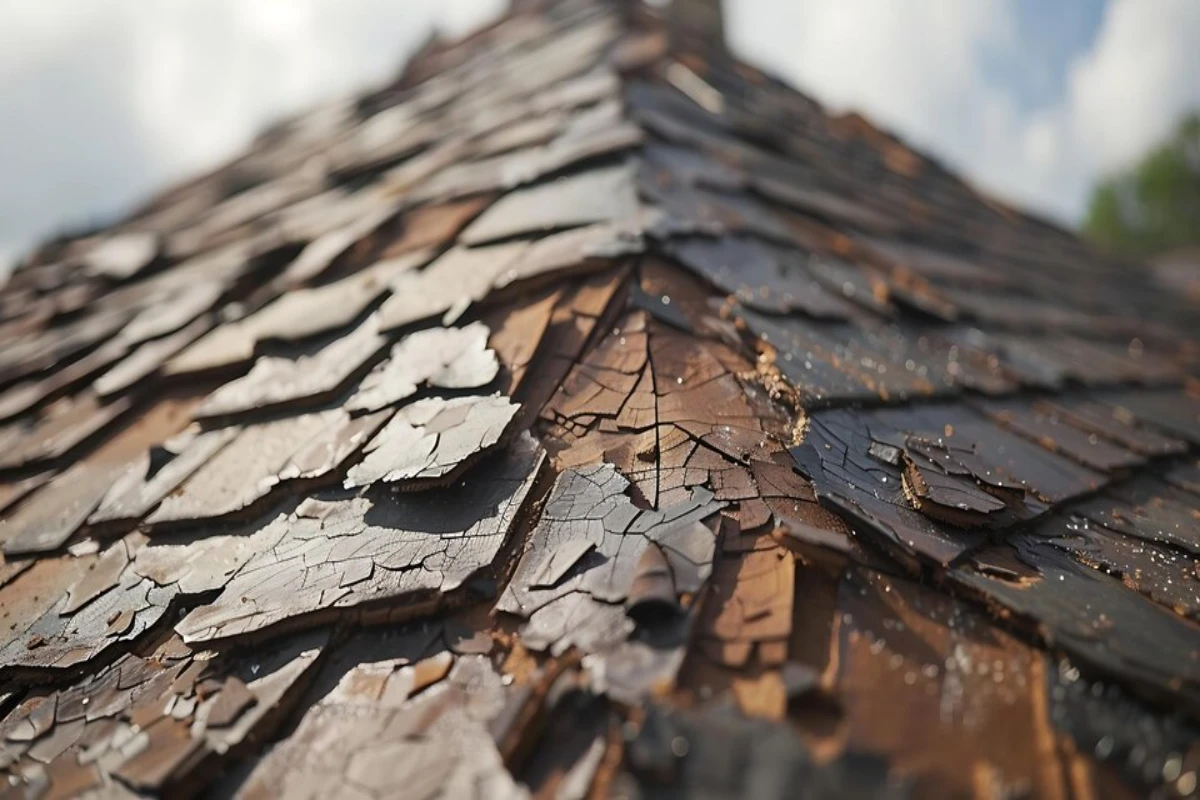
If you’ve noticed any warning signs of roof damage, taking immediate action can prevent costly repairs. Here’s what you should do:
Perform a Visual Inspection
Start by examining your roof from the ground. Look for missing or curled shingles, sagging areas, or damaged flashing. Binoculars can help you get a closer look at problem areas without putting yourself at risk. If you spot significant damage, avoid climbing onto the roof and call a professional instead.
Inspect Your Attic
Your attic can reveal a lot about the condition of your roof. Check for moisture buildup, mold growth, or damp insulation. Sunlight peeking through the roof boards is another clear sign of damage that needs attention. If you notice musty odors or condensation, your roof may have ventilation issues that require repair.
Check Your Ceilings and Walls
Water stains, peeling paint, or bubbling drywall inside your home can indicate a leaky roof. These signs often appear near light fixtures, fire alarms, or along exterior walls. If left untreated, moisture damage can lead to mold growth and weakened structural components.
Clear Debris from Gutters
Gutters play a crucial role in directing water away from your roof and foundation. Clogged gutters can cause water to pool on your roof, leading to leaks and deterioration. Remove leaves, granules, and other debris regularly to maintain proper drainage and prevent long-term roof damage.
Call a Professional Roofing Contractor
If you suspect roof damage but aren’t sure of the extent, contact a licensed roofing company for an inspection. A professional assessment can identify hidden issues and provide recommendations for repairs or replacement. Addressing damage early can save you money and help extend the lifespan of your roof.
Trust Stronghold Roofing & Solar – The Best Lakeland Roofers
A damaged roof can compromise your home’s safety and efficiency. If you’ve noticed any of these warning signs, it’s time for a professional inspection. Lakeland-based Stronghold Roofing & Solar provides expert assessments and solutions to keep your roof in top shape.
Contact us today to schedule an inspection and a free roof estimate.
FAQs – Signs of a Damaged Roof
What are the most common signs of roof damage?
Common signs include missing or damaged shingles, ceiling stains, sagging rooflines, and increased energy bills. Other indicators are moss growth, peeling paint, and clogged gutters.
How often should I inspect my roof for potential damage?
It’s recommended to inspect your roof at least twice a year—once in the spring and again in the fall. Additionally, check for damage after severe storms.
Can a sagging roof be repaired, or does it require replacement?
A sagging roof may be repairable if caught early, but extensive damage could require a full replacement. A professional inspection will determine the best course of action.
What should I do if I notice missing shingles after a storm?
If you see missing shingles, schedule a roof inspection immediately. Temporary tarping can prevent further damage until repairs are made.
How does poor ventilation affect my roof’s lifespan?
Poor ventilation leads to excess heat and moisture buildup, which accelerates roof deterioration. Proper airflow extends roof longevity and improves energy efficiency.

